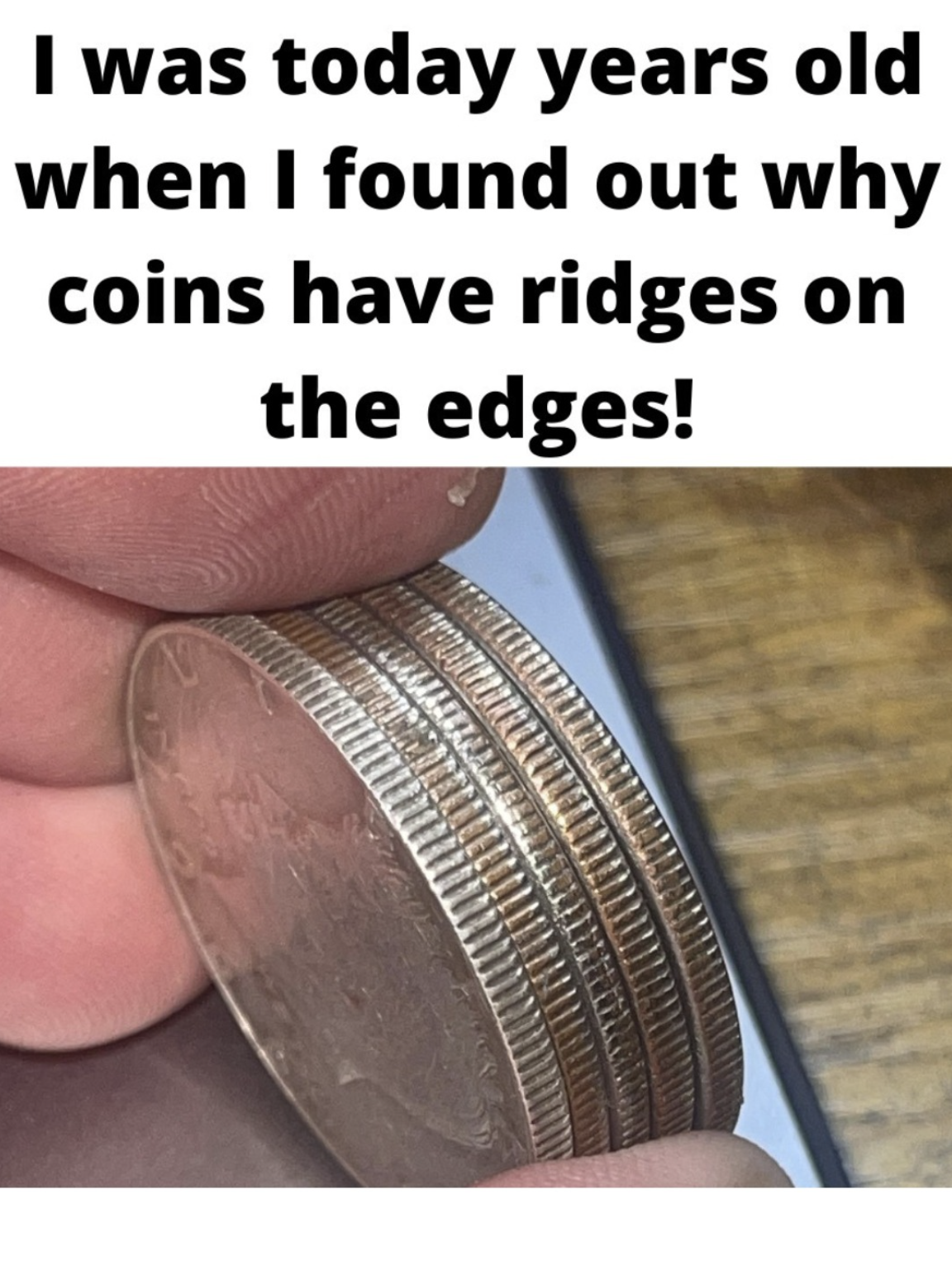You’ve held them a thousand times.
Slipped them into parking meters.
Stacked them on counters.
Flipped them for decisions.
But have you ever really looked at a quarter?
Run your thumb along its edge?
Those tiny ridges — they’re not just for grip.
They’re not decoration.
They’re not an accident.
They’re a 300-year-old anti-theft system — born in an era of powdered wigs, silver hoards, and sneaky criminals who thought they could outsmart the king.
Let’s dive into the wild, true story behind coin ridges — and why they still matter today.
🔪 The Crime That Created Coin Ridges: “Coin Clipping”
Back in the 1600s and 1700s, coins weren’t just currency.
They were pure silver — or solid gold.
A quarter wasn’t worth 25 cents.
It was worth 25 cents’ worth of silver.
And that made them a target.
Enter the coin clipper — a clever (and illegal) thief who would:
continued on next page
